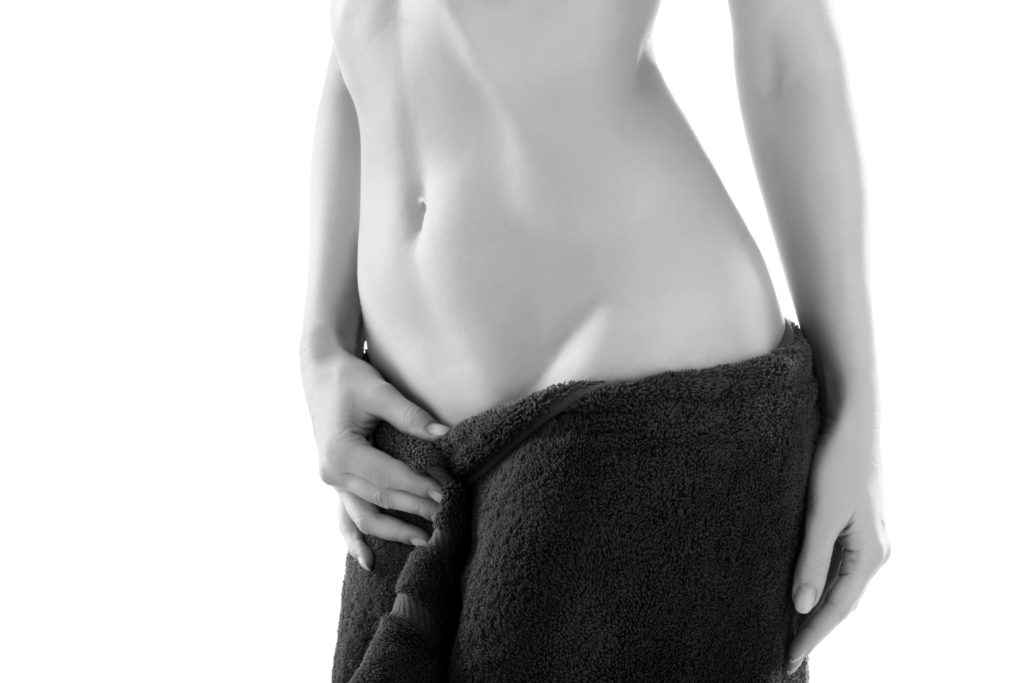By Doctor Fabienne Marchand Lamiraud
Vaginal dryness is a frequent complaint that affects 4 women in 10 at some point in their lifetime. It leads to almost permanent vaginal discomfort and can affect a couple’s sex life. Recently-developed treatments can considerably improve this problem.

Vaginal dryness is caused by the dehydration of the vagina’s mucus membrane, which becomes thin and fragile and leads to irritation, a burning sensation, itching and pain during intercourse. The area’s natural protection is weakened, which leads to an increase in vulvar, vaginal and urinary infections. It can arise during pregnancy or breastfeeding, or when women are taking the mini-pill, medicine for high blood pressure, anti-depressants or hormone treatments (for endometriosis and some cancers). It is particularly common during the menopause, due to the natural aging process and the drop in hormones.
 1- Topical treatment (hormonal or non-hormonal): vaginal suppositories, capsules, cream. These should be applied regularly, 3 times a week. Two thirds of women stop using it after a year. Hyaluronic acid suppositories hydrate the surface of the mucus membrane.
1- Topical treatment (hormonal or non-hormonal): vaginal suppositories, capsules, cream. These should be applied regularly, 3 times a week. Two thirds of women stop using it after a year. Hyaluronic acid suppositories hydrate the surface of the mucus membrane.
2- Hormonal menopause treatment: treats dryness and problems caused by the menopause; can be applied to the skin or taken orally. These kinds of treatments are not recommended for women who have had breast cancer. Certain patients do not want to take this treatment because of the increased risk of breast cancer.
3- Vaginal injection of hyaluronic acid, an innovative treatment. This is a natural product with a strong hydrating power called DESIRAL. It gives the vagina outstanding suppleness and lubrication, and reduces infections. Injections are made at the entrance to the vagina, the procedure lasts 10 minutes and is topped up every year.
4- Radiofrequency: improves vaginal tonus by heating the mucus membrane, recovers lost elasticity and regulates the vaginal pH. The sessions are pain-free. Three 30-minute sessions are required, spaced a month apart, with one top-up session per year. RF treats mild urinary incontinence.
5- Vaginal lasers: These have a thermal effect that regenerates the tissues and strengthens the vagina’s mucus membrane and urinary structures. This treatment targets dryness, muscle hypertonia and mild urinary incontinence. Three 15-minute sessions are required, spaced a month apart.
6- Photo biomodulation: the biological impact of light has reparative properties. The LEDs treat inflammation and pain, and accelerate healing. This treatment improves vaginal suppleness and treats recurrent fungal infections. The procedure is pain-free and lasts 15 minutes. Two sessions are required every week for one month, then a top-up session every 9 months.
7- Vaginal lift or vaginoplasty: surgically corrects the vagina by tightening its entrance (post-childbirth or organ prolapse). It enables the patient to recover their previous sex life by restoring all sensations.
8- Lipofilling: plumps up the labia majora using fat, protecting the vaginal entrance from infections and improving its appearance. This procedure is carried out in an operating theatre.

In conclusion, vaginal dryness does not need to be a life sentence. These medical procedures must be prescribed during an appointment with your consultant. The doctor will choose which treatment is required, and may even prescribe more than one treatment.
Once their vaginal dryness has been treated, the patient will recover their intimate comfort and sex life. Regular intercourse can prevent vaginal dryness.
 By Doctor Fabienne Marchand Lamiraud
By Doctor Fabienne Marchand Lamiraud
Gynaecological surgeon and aesthetic doctor in Nantes.
Graduate of the Paris Créteil Medical Faculty in Aesthetic Gynaecology.
Member of the AMME and AFME. Member of the European LED Academy.












